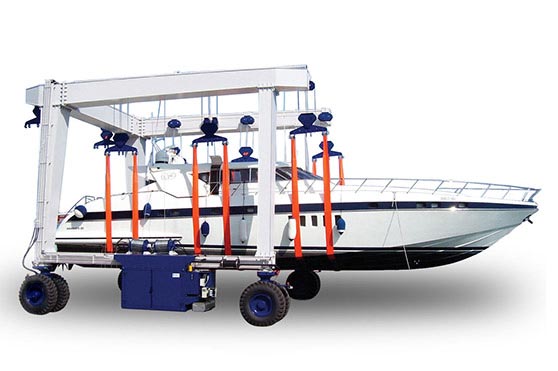|
|
Tires are an important part of wheeled vehicles, and their technical conditions directly affect the traction, passability, stability, safety, comfort, and economy of wheeled vehicles. According to statistics, the maintenance cost of tires accounts for about 15% of the normal maintenance cost of the entire vehicle. Analyzing the causes of abnormal tire wear and adopting corresponding countermeasures are of practical significance for preventing abnormal tire wear, prolonging the service life, saving costs, improving their use efficiency, and ensuring safe operation. This paper analyzes the causes of abnormal tire wear, and puts forward several measures to extend the service life of tires for your reference to practice, in order to save costs, protect the machine, and obtain better economic benefits.
Abnormal wear and tear caused by various factors during the use of tires is a headache for the majority of drivers and friends. The tire pressure is too high and too low, overload operation, poor four-wheel positioning, and brutal operation caused by unskilled operator driving skills, unreasonable selection and installation of tires, and damage to external hard objects will be reduced. The service life of the tire. How to effectively avoid these abnormal wear and tear, you need to do the following work: First of all, strictly abide by the tire inflation standards. After inflation, check all parts for air leaks, and regularly check the tire pressure to ensure compliance with the standard. Develop the habit of using a barometer to measure air pressure, which cannot be judged with the naked eye. Ensure that the tire has a certain degree of elasticity, and under the specified load, its deformation does not exceed the specified range, to ensure that the vehicle has good stability and comfort during driving. The air pressure of the spare tire should be charged relatively high to avoid running out of gas for a long time. Secondly, it is necessary to correctly select and install tires, and use corresponding inner tubes according to tire specifications. Tyres assembled on the same machine should guarantee the same brand, the same structure and the same performance. If this is not possible, tires of the same brand, same specifications, same pattern and same type should be assembled on the same axle; when replacing a new tire, the entire vehicle or coaxial tire should be replaced; the patterned tire with direction It should be installed in accordance with the specified rolling direction; when replacing with a new tire, the new tire should be installed on the front wheel, and the repaired tire should be installed on the rear wheel. To ensure driving safety, retreaded tires are not allowed to be used as steering wheels (front wheels). Third, regular tire replacement. After the vehicle has been driving for a period of time, the front and rear tires have different degrees of fatigue and wear, so they should be replaced in time according to the regulations. There are two methods of changing tires: cross method and cycle method. The cross transposition method is suitable for vehicles that often travel on roads with large arches, while the circular transposition method is suitable for vehicles that often travel on flat roads. Fourth, the tire temperature must also be controlled. During driving, the tire generates heat due to friction and deformation, which increases the temperature and air pressure inside the tire. When the temperature of the tire is very high, the method of deflation and pressure reduction cannot be used, nor can water be poured on the tire to reduce the temperature, so as not to accelerate the damage of the tire. You should stop and rest in a shady place and continue driving until the tire temperature drops. When parking vehicles on the way and to the scene, it is necessary to develop safe parking habits. To choose a flat, clean and non-greasy ground for parking, each tire should be steadily landed, especially when the vehicle is loaded overnight, more attention should be paid to choose a parking place, and if necessary, lift the rear wheels. When the vehicle is out of service for a long time, the frame should be supported with wooden blocks to reduce the load of the tire; the tire cannot be parked in place when there is no air pressure, and the wheel should be lifted. Fifth, tires should be kept away from sunlight, oil, acids, flammables, and chemical corrosives. All tires should be stored in a cool, dry, and dark room. The tires should be placed upright. It is strictly forbidden to lay flat, stacked, or suspended in series. The storage period should not exceed three years. If the inner tube needs to be stored separately, it should be filled with an appropriate amount of air, and it should not be folded, laid flat or stacked. When it is not stored separately, it needs to be placed in the outer tire and properly inflated. In addition, in cold winter areas, due to the low temperature, the rubber brittleness of the tires will increase and the elasticity will drop. After the tire temperature rises, drive normally. If the vehicle is parked on the ice for a period of time, the ground contact may be frozen. Be careful when starting to prevent the tread from being torn. When the vehicle is parked in the cold area for a long time in the open air, in order to prevent the tire and the ground from freezing, a wooden board or sand should be placed under the tire. |

